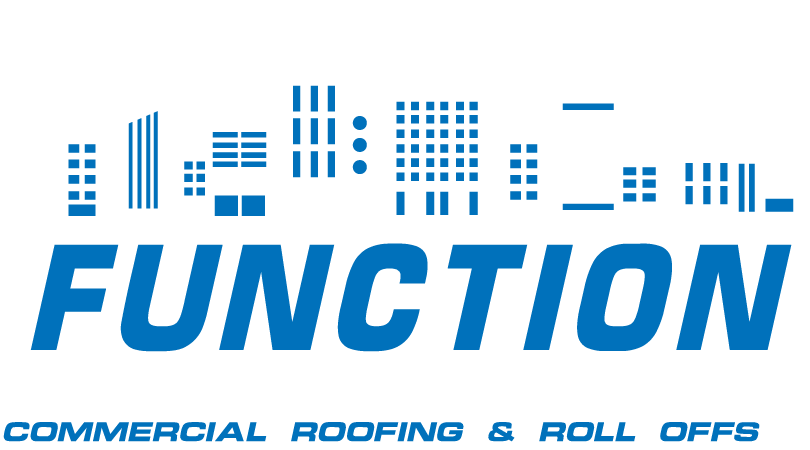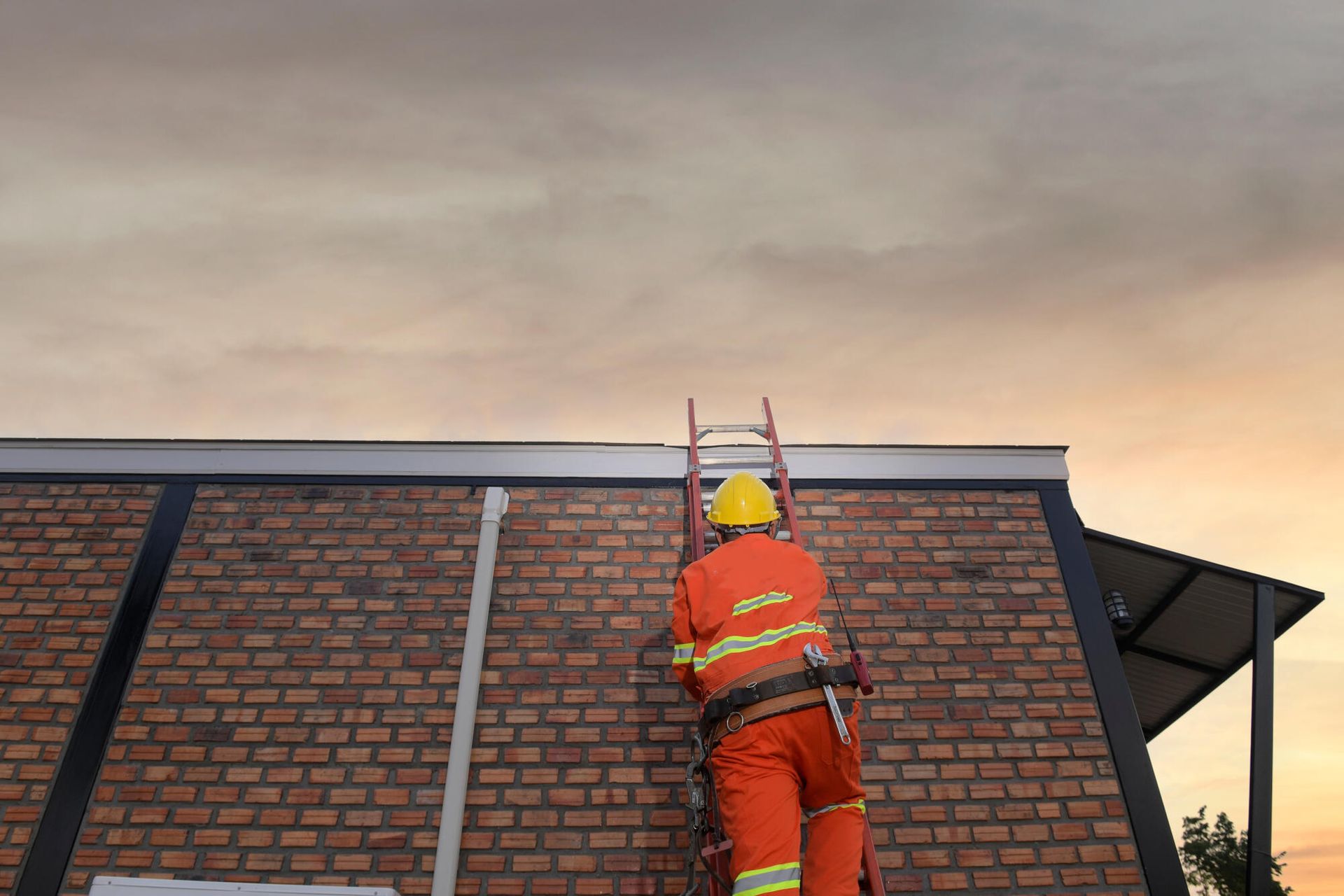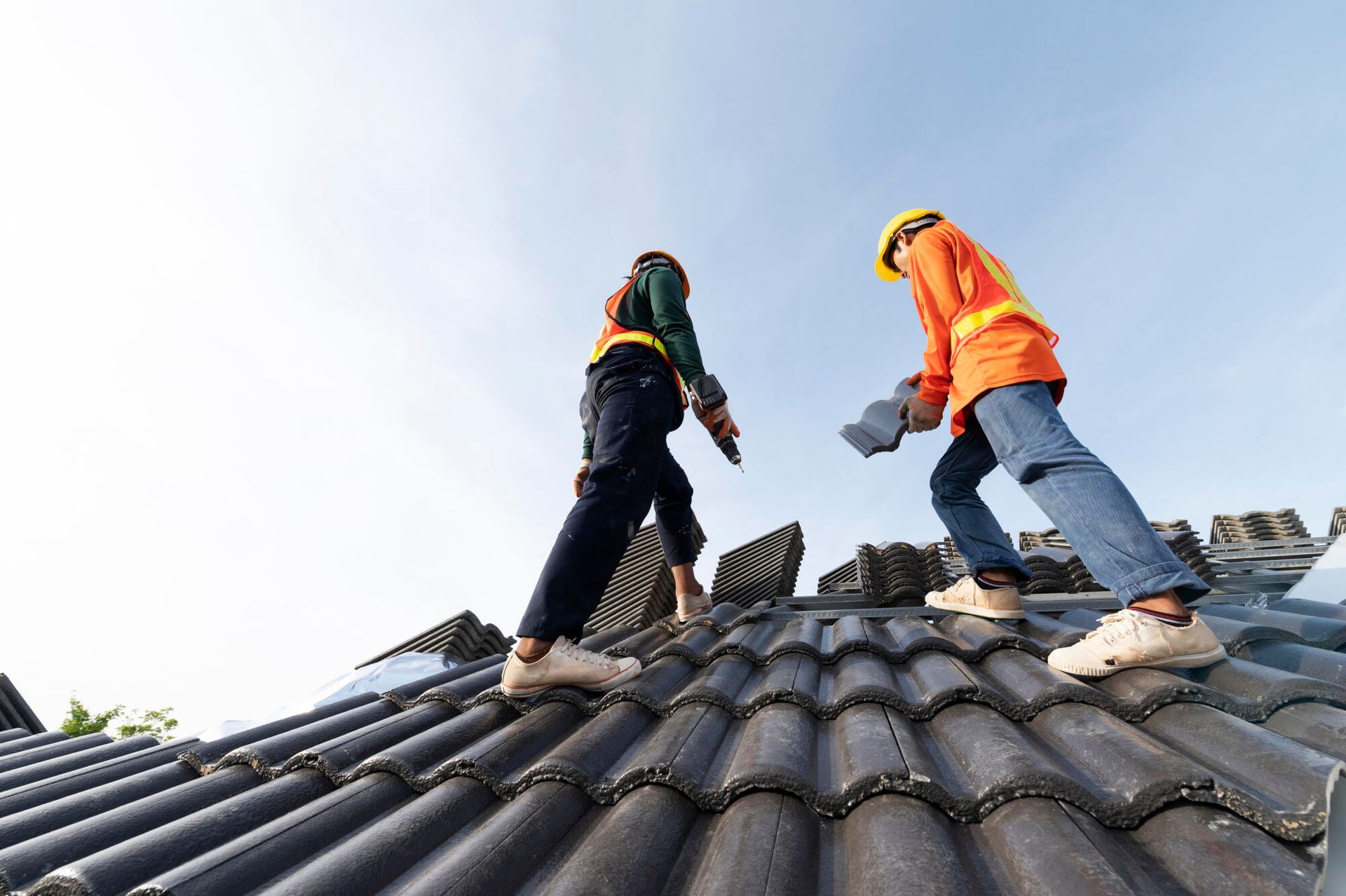The average lifespan of a roof is about 30 years, but this can vary a lot in practice. Several factors, such as maintenance and the type of roof, can affect how long it will last.
Commercial buildings should always be designed with function in mind. There are various types of commercial roofs, each with different benefits and drawbacks. It's important to consider your options so you can settle on the best decision for your building.
In this guide, we'll examine the most common commercial roof types to help you better understand what's available. Keep reading for more.
Metal Roof
A commercial metal roof is a very popular choice these days for several reasons. One of the key advantages is the lifespan, which is typically 40 to 60 years. When properly maintained, commercial metal roofs will last longer than most other types.
There are various commercial roof material options if you want to go for a metal roof, such as:
- Coated or stainless steel
- Corrugated galvanized steel
- Aluminum
- Copper
Metal roofs are a great choice functionally and look great. You can add coatings in various colors to match your roof to your branding.
Steel is a good choice as it's recyclable, making it a highly sustainable option. You can also add a protective roof coating to make your roof more resistant to fire, exposure, and other environmental elements.
Built-Up Roofing (BUR) Membrane
BUR roofing has a shorter lifespan than metal roofing, typically lasting for about 20 years. This commercial roof structure consists of layers of gravel and tar, with more layers giving better durability and a higher price point.
This is one of the oldest and most flexible roof types available. It's also less expensive than many others, making it ideal for a tight budget.
BUR roofing holds up well to foot traffic, especially with a good understructure. This can make it a good choice for a commercial flat roof. It also has good UV resistance, and you can coat it to reflect heat, which will help improve energy efficiency.
The main downside is the short lifespan, as it must be replaced sooner. Additionally, it can be difficult to locate a roof if one occurs, making maintenance more difficult.
Green Roofing
A green roof can have a reasonably good lifespan of 30 to 50 years. It consists of a tough, waterproof membrane completely covered with green plants.
This is one of the most popular choices for those who are trying to be more sustainable. They improve air quality and can be a great place for employees to relax, allowing you to make effective use of your roof space.
Green roofs protect well against the elements and are one of the most aesthetically pleasing options. Due to their sustainability, there may also be utility or government incentives to benefit from them. They're often designed with innovative water and drainage management, along with climate control and sensor capabilities.
On the downside, they typically require much more maintenance and monitoring than other roofing types.
Spray-On Silicon
Spray Polyurethane Foam (SPF) is a liquid spray that instantly expands into foam. This foam solidifies to produce a durable layer. This roofing type goes on top of an existing roof as an eco-friendly form of protection.
It's waterproof and has excellent insulating properties. It's also suitable for any temperature and will typically last for about 50 years when properly installed and maintained.
Note that while temperature isn't an issue, weather conditions can be. Snow and ice are unfavorable, so it may not be suitable for areas that get many of these. It should be inspected at least once a year, if not twice.
Thermoset EPDM Roof Membrane
Ethylene Propylene Diene Terpolymer (EPDM) is a membrane that comes in the form of a durable, synthetic rubber roll. It's also called thermoset roofing, providing strong UV and pollution resistance.
This versatile commercial roofing system is easy to install and has a long lifespan. It also offers good resistance against common solvents, such as acids and alcohol.
Note that this isn't the most aesthetically pleasing option, which can be an issue for some. It can also puncture easily from falling debris or foot traffic.
Thermoplastic PVC & TPO Roof Membrane
Thermoplastic Polyolefin (TPO) and Polyvinyl Chloride (PVC) roofing systems strongly resist adverse conditions. They stand up well to chemicals, bacterial growth, and UV rays.
In addition, they're lightweight, puncture-resistant, fire-resistant, and heat-reflective. They can also withstand high winds and feature strong air-welded seams.
The key downside is that there are cheap, poorly made versions on the market, so it's important to make sure you're not investing in these. You should only purchase this roofing product from a reliable company.
Shingle Roofing
This is a common choice for residential buildings but is also an option in commercial settings. It's most common for steep roofs, so think about your roof shape when deciding.
Several material options are available, such as asphalt, slate, ceramic, and plastic. This is one of the most affordable and versatile roofing options available.
The lifespan isn't the best, though it can vary depending on the materials and installation. Shingles can also be susceptible to moss and mildew, particularly if the roof doesn't get much sunlight. You need to maintain a shingle roof well if you want to get the most out of it.
Choosing Between These Commercial Roof Types
Each of these commercial roof types has pros and cons, so you must think about the particular needs of your building to make the best decision. Consider the lifespan, durability, weather conditions, cost, and more to determine the most viable options.
If you're still uncertain, the team at Function Enterprises can help guide you. We have years of experience and use products from leading manufacturers like Siplast and Hydrotech.
We can help you decide on the best roofing option and can provide installation, maintenance, and repair services to help ensure you get the best roof for your commercial building. Contact us today with any questions or to book a consultation.


